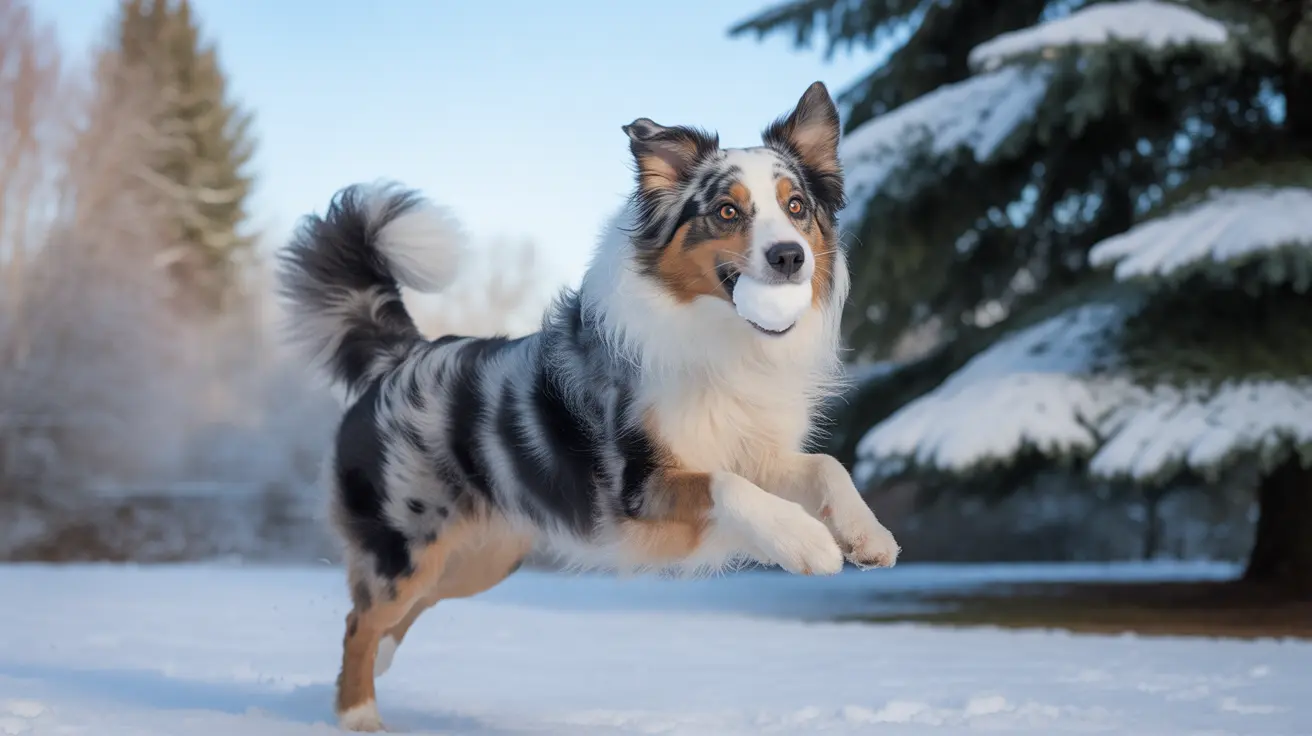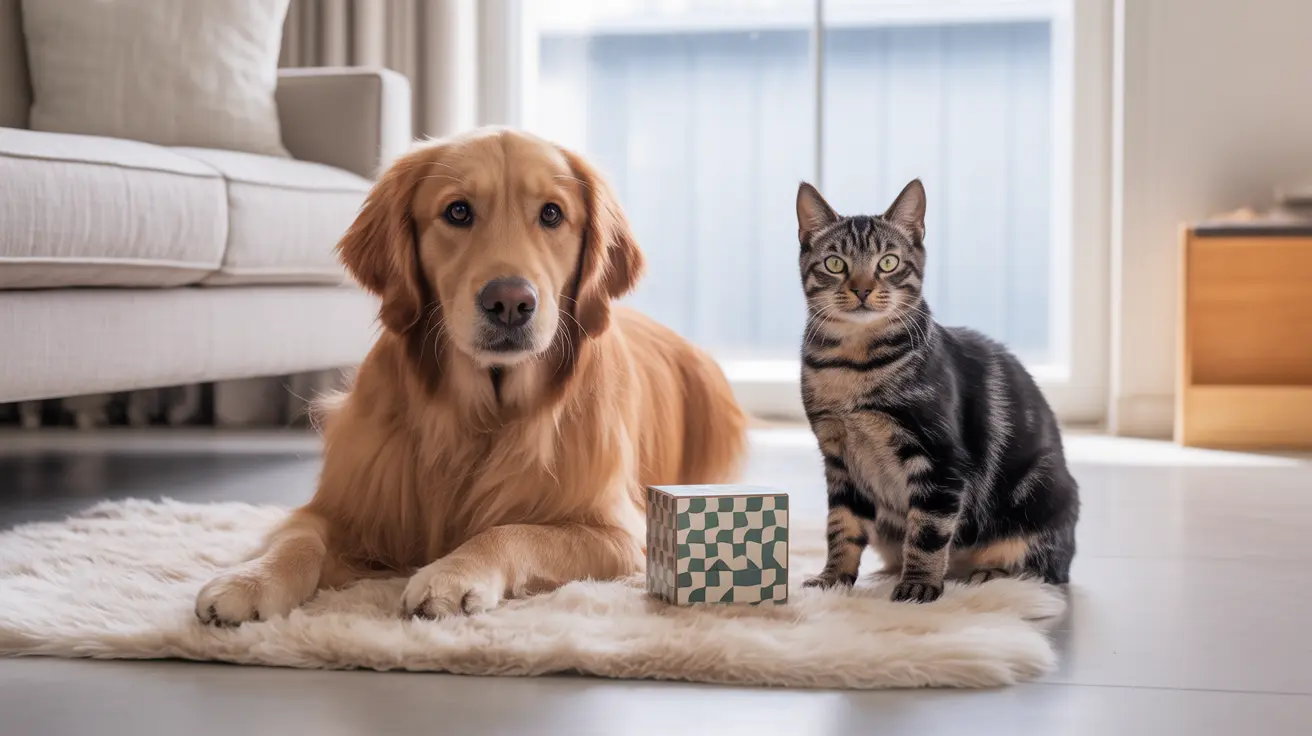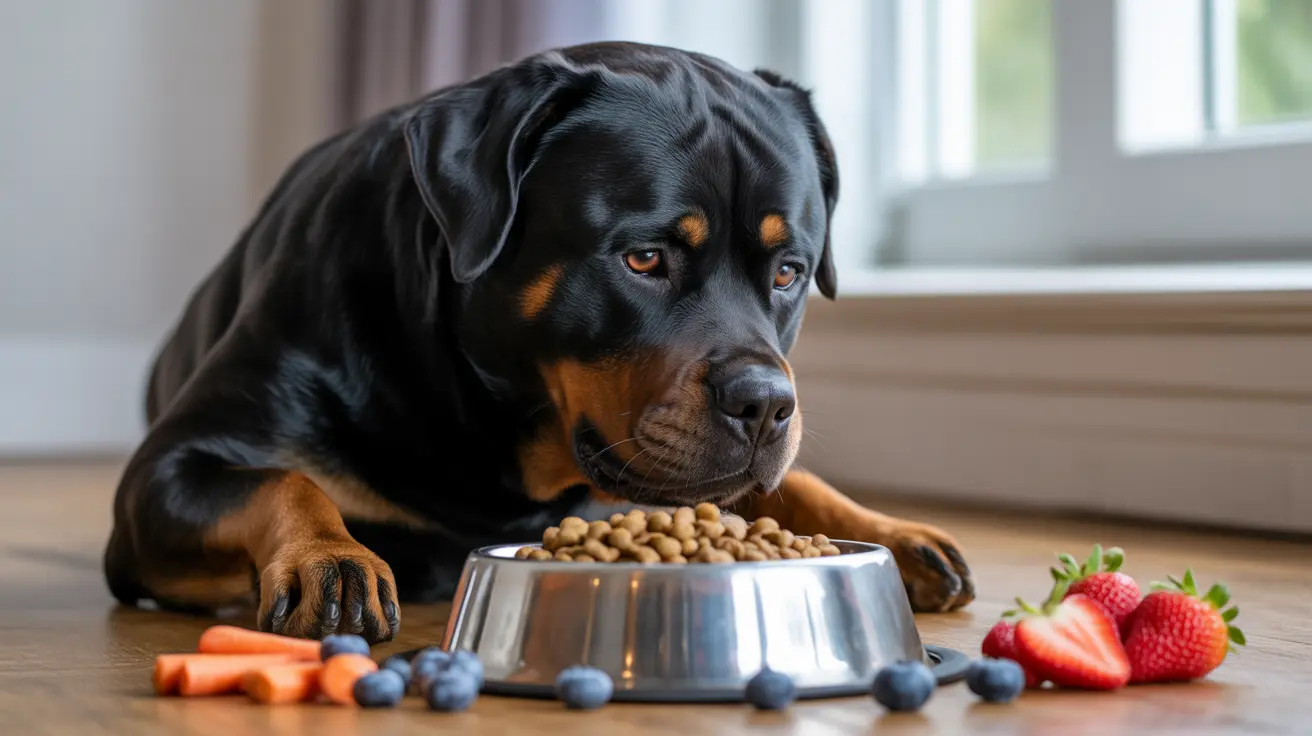Recognizing Signs of Green Bean Toxicity in Dogs
While green beans are generally safe and nutritious for dogs, improper preparation or overfeeding can lead to side effects. Pet owners must be cautious and observant to identify early signs of toxicity or intolerance to this otherwise healthy vegetable.
Are Green Beans Safe for Dogs?
Yes, plain green beans—whether raw, steamed, cooked, or frozen—can be a nutritious and low-calorie addition to your dog’s diet when served in moderation. These beans contain important vitamins (A, B6, C, and K) and minerals like iron, potassium, and calcium, as well as dietary fiber and antioxidants.
However, certain preparations and serving sizes can pose risks.
Common Signs of Green Bean Overconsumption or Sensitivity
Dogs may exhibit a range of digestive symptoms if they consume too many green beans, especially when introduced too quickly into the diet. Watch for these signs:
- Gastrointestinal upset – vomiting, diarrhea, and excessive gas;
- Bloating – visible abdominal distension or discomfort;
- Change in appetite or lethargy – especially if combined with the above;
- Choking – possible with large or improperly cut, frozen beans;
- Diarrhea or frequent loose stools – may indicate poor digestion or overfeeding.
Toxic Additives: What to Avoid
Green beans are only safe when served plain. Dangerously toxic ingredients include:
- Onions and garlic – both can cause hemolytic anemia in dogs;
- Salt, butter, or oil – can lead to pancreatitis, obesity, and other issues;
- Canned green beans – often contain high levels of sodium;
- Green bean casseroles – include creamy sauces and fried onions that are harmful to pets.
How to Safely Feed Green Beans to Dogs
- Use plain green beans only—fresh, steamed, cooked, or frozen;
- Chop frozen beans into small pieces to avoid choking risks;
- Introduce gradually to avoid digestive stress;
- No more than 10% of the dog’s daily calories should come from treats, including vegetables.
Portion Recommendations by Dog Size
- Extra-small dogs (2–10 lbs): 1 green bean per day;
- Small dogs (11–20 lbs): 2 green beans;
- Medium dogs (21–50 lbs): 3 green beans;
- Large dogs (51–90 lbs): 4 green beans;
- Extra-large dogs (91+ lbs): 5 green beans daily.
What to Do If You Notice Symptoms
If your dog shows any uncomfortable or unusual symptoms after eating green beans:
- Stop feeding the green beans immediately;
- Monitor for 24 hours for improvement or worsening;
- Seek veterinary care if symptoms persist or worsen—especially vomiting, bloating, or lethargy.
Preventative Tips for Feeding Green Beans
- Wash fresh green beans to remove pesticides or dirt;
- Remove strings and ends to ease digestion;
- Cook or puree green beans for puppies or dogs with sensitive stomachs;
- Never replace full meals with green beans—nutritional imbalances may occur.
When to Consult a Veterinarian
Before initiating any major dietary change such as using green beans for weight loss, speak with your veterinarian. Sudden dietary replacement may mask or worsen underlying health conditions, and nutrient deficiencies are a serious concern if a dog’s diet is not properly balanced.
Conclusion
Green beans can be a healthy addition to a dog’s diet when properly prepared and portioned. However, pet owners must remain vigilant for signs of digestive discomfort or toxicity. Always remember that treats—even healthy ones—should never replace a nutritionally complete dog food. When in doubt, a vet is your best resource for ensuring your pet’s diet is safe and suitable.





